There’s something revealing about taking a lineup of electric SUVs and driving them one after another, same route, same day, same driver. The hype, the spec sheets, and the polished showroom presentations fall away. What remains is raw, unfiltered seat-of-the-pants feedback: how the steering feels after hour five, how intuitive the infotainment really is under stress, and which suspension setups leave you relaxed versus rattled. In early 2025, we gathered ten of the most talked-about electric SUVs under €70,000—from established players to ambitious newcomers—and put them through a comprehensive one-day driving gauntlet. The goal: to evaluate how they stack up when it’s not about marketing claims, but how they feel and function in real-life conditions.
The Test Setup: Real Roads, Consistent Conditions, No Excuses
Each car was driven over the same mixed loop: 45 kilometers of urban traffic, country roads, and highway stretches. Drivers swapped seats after each loop, giving a fresh impression on each model without long breaks in between. Climate was mild, roads were dry, and test parameters included acceleration feel, regenerative braking usability, suspension comfort, cabin noise levels, infotainment intuitiveness, and overall fatigue after driving. It was not a track test—it was real-world usability that interested us most.
Chassis Behavior: Comfort Still Trumps Agility in This Segment
Across all ten SUVs, the ones that left us wanting to drive more weren’t necessarily the fastest or most powerful. They were the ones with a well-balanced chassis and suspension that felt neither floaty nor harsh. The Hyundai IONIQ 5 stood out early with its composed ride, even over rougher rural sections. Its long wheelbase and low center of gravity gave it a confident, grand tourer-like feel.
In contrast, a premium German SUV surprised us with overly firm damping—even in comfort mode, the ride felt jittery over city cobblestones. It gave a sense of tight control, but three drivers independently noted how tiring it became over time. Meanwhile, a budget Chinese EV with torsion beam rear suspension defied expectations, delivering surprisingly neutral cornering and less bounce than anticipated.
The fatigue difference after an hour in each car was stark. Vehicles with well-tuned suspension and predictable handling reduced effort in city driving and long stretches alike. SUVs trying to mimic sports car stiffness often missed the mark for daily practicality.
Infotainment and UI: Intuition vs. Innovation
One of the biggest divides was not range or speed, but how easy it was to use each car’s controls. Several models offered massive center screens with dazzling resolution and layers of functionality—but lacked haptic feedback, buried key functions in menus, and failed to respond consistently to voice commands. One SUV’s climate control could only be accessed through three taps on the touchscreen, a frustration when navigating traffic.
In contrast, the Skoda Enyaq and Ford Explorer EV stood out for integrating physical controls where it mattered: volume knobs, quick-access climate dials, and simple navigation home buttons. Their systems weren’t the flashiest, but after ten cars, they proved to be the most relaxing to use.
The best-in-test infotainment came from BMW’s iDrive 8.5 interface. Voice commands were reliable, mapping intuitive, and system latency nearly invisible. The worst? A budget EV with beautiful UI graphics but constant software glitches and a clunky wireless CarPlay experience that kept disconnecting.
By mid-afternoon, it became clear: the cars with cleaner, tactile interfaces made us feel more at ease—and less mentally fatigued.
Steering, Brakes, and Feedback: The Human Connection
Electric SUVs often struggle to deliver engaging steering, but two models managed to shine here. The Polestar 3 offered precise, linear input with adjustable weight settings that actually made a difference. The Tesla Model Y, while very digital in feel, still delivered confidence-inspiring control in sweeping curves. Its low weight and centered battery made for good lateral grip, though its suspension transmitted more bumps than expected.
Regenerative braking systems varied wildly. Some cars allowed deep customization between one-pedal driving, coasting, and mild regen. Others forced fixed settings with no on-the-fly control. The Kia EV6’s paddle-adjustable regen felt intuitive, while another model from Japan failed to inspire confidence due to inconsistent deceleration during transitions.
Braking feel—a subtle but critical category—was most praised in European-built EVs. Some Chinese entries had mushy or over-assisted pedal response, making smooth urban stopping more difficult.
Cabin Comfort: Noise, Space, and Long-Term Use
By SUV standards, all vehicles offered decent space. But comfort varied dramatically. The Renault Scenic E-Tech wowed us with its slim seats that somehow still supported well. Rear legroom, rear headroom, and entry height were all assessed repeatedly, especially since several SUVs pitched themselves as family-oriented.
Cabin acoustics were a differentiator. BMW, Audi, and Volvo models showed excellent sound deadening, especially at 110 km/h. In contrast, even a minor increase in wind noise was noticeable in two otherwise competent newcomers from lesser-known brands. If you spend most of your time commuting on highways, this matters.
Seat ergonomics also drove differing opinions. Adjustable thigh support and lumbar were make-or-break features by the end of the day. Three drivers noted increased fatigue in vehicles with flat, short seat cushions—even if the ride itself was soft.
Energy Use and Range: What’s Real in a Day of Driving
While this wasn’t a scientific range test, we tracked estimated range drop versus actual kilometers driven in each vehicle. Unsurprisingly, Tesla’s Model Y came closest to matching its predicted range, with a small delta thanks to excellent efficiency at constant speeds. The Renault Scenic also impressed with minimal battery drop and a range estimator that adapted quickly to driving style.
On the opposite end, two premium SUVs showed greater-than-expected range shrinkage—largely due to poor efficiency at highway speeds. These SUVs looked luxurious and had enormous wheels, but their aerodynamic drag was a silent penalty.
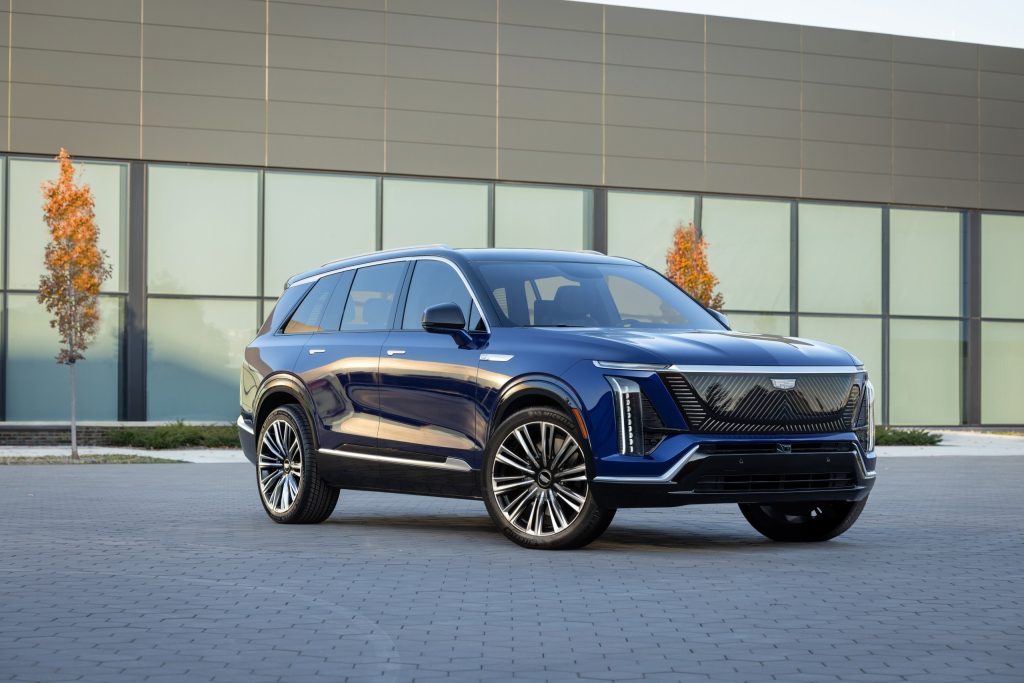
Interestingly, real-world regenerative braking recovered notable range on hilly sections, especially in models that allowed aggressive energy recapture. The Ford Explorer, with strong one-pedal tuning, finished the loop with a higher state of charge than expected. In contrast, vehicles with limited regen options offered fewer opportunities to extend range without plugging in.
Top Picks by Category: Recommendations After 10 Test Drives
Best Overall Performer: Hyundai IONIQ 5
Its serene ride, intuitive tech, and forgiving suspension made it the most consistently liked model across all drivers.
Best Driving Feel: Polestar 3
Sharp steering, great balance, and a planted feel gave it the edge for those who prioritize engagement over softness.
Best Infotainment & Cabin Tech: BMW iX1
A pleasure to operate, with snappy responses, reliable voice control, and clear driver assist alerts.
Best Value Pick: Skoda Enyaq
Comfortable, spacious, efficient, and easy to use—without pushing into premium territory.
Biggest Surprise: Renault Scenic E-Tech
Quiet, efficient, well-designed, and finally competitive on driver appeal. Not just a “mom car” anymore.
Biggest Letdown: One highly anticipated German premium SUV
Underwhelming comfort, fiddly touchscreen controls, and excessive harshness knocked it off the favorites list quickly.
Takeaway Lessons: Driving Comfort Matters More Than You Think
Specs are useful, but only part of the story. What you realize after driving ten EVs back-to-back is that the intangible qualities—how a seat supports you, how naturally your hand falls on a knob, how confidently the steering tracks in a turn—matter far more than badge prestige or even 0–100 numbers. Fatigue builds when a UI is clunky. Confidence grows when a brake pedal is predictable. These things don’t show up in spec comparisons but become obvious over six hours of real driving.
Conclusion: The Best EV SUV Isn’t the Fastest—It’s the Most Human
There’s no single winner because drivers differ. But one truth emerged clearly: electric SUVs that make driving easier, not just faster or flashier, earn long-term loyalty. In 2025’s hyper-competitive EV SUV market, the difference-maker isn’t always a new feature or spec bump—it’s the ability to keep the driver relaxed, confident, and engaged over time. And after ten test drives in one day, we now know exactly which ones do.


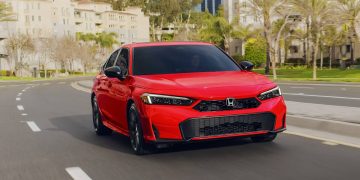
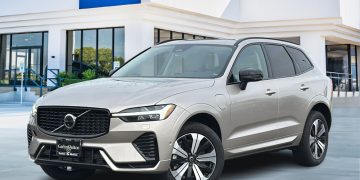


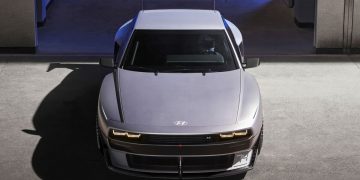


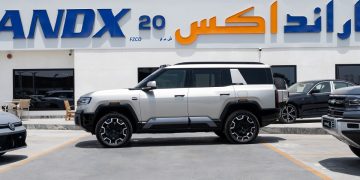











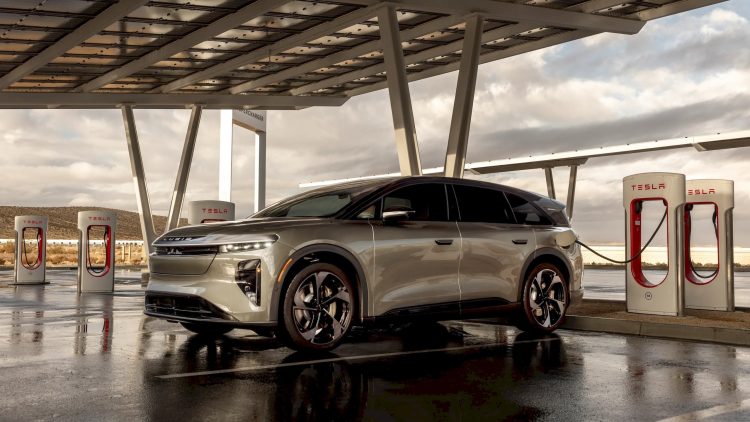












Discussion about this post